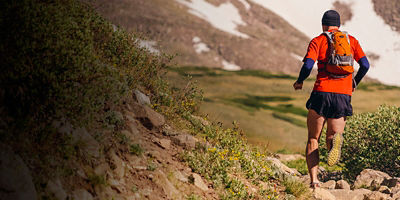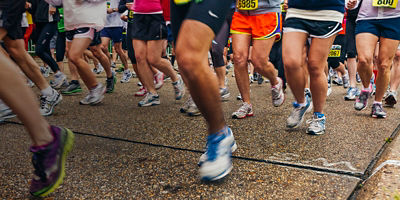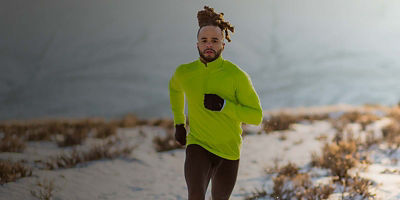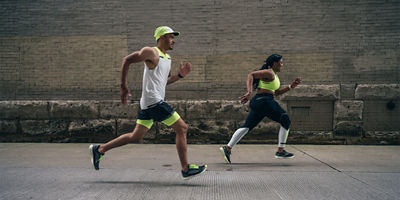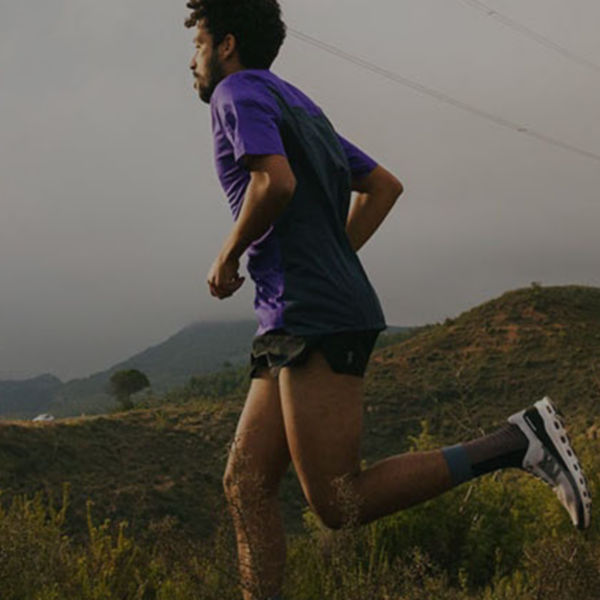
Sure, you can run a couple miles in any shirt. But if you have goals beyond a short jog, you want a shirt that will keep you comfortable, so you can focus on your running and not your shirt rubbing. Here’s what to look out for.
SEAMS
The repetitive motion of running means that any seam that rubs you the wrong way when you try it on at a store will really, really rub you the wrong way—and cause chafing—when worn on a run. Shop for running shirts that have flat seams or minimal seams placed well out of high-friction areas (like your underarms).
If you’ll be running with a hydration pack or vest, make sure no seams will irritate you underneath pack straps or along your back underneath the pack.
CUTS/STYLES
Depending on the conditions, you may opt for a minimal silhouette, like a tank or singlet for hot weather; a crewneck tee for all seasons (layered in cold temps); or a long-sleeve crewneck, mock- or cowlneck, or zipneck for cooler temperatures or layered in cold conditions.
Long-sleeved, mockneck- or cowlneck-style shirts provide a little extra warmth around the neck. Zipneck tops also provide extra coverage around the neck if they’re cut high, and can be unzipped to add airflow (though unzipped zippers can flop around a bit). Both work well as second layers over tanks and tees.
FABRIC OPTIONS
Since cotton retains moisture (your sweat), is slow to dry, and can cause friction and chafing when wet, opt for either synthetic or a natural fiber such as wool or a wool blend. Either will wick sweat away from your body and move it to the outer surface of the shirt where it will evaporate. Here’s what you’ll see:
- Polyester blends. Fabrics made out of polyester blended with various amounts of spandex, Lycra, rayon, nylon, or other synthetic materials generally wick sweat and dry quickly.
- Spandex/Lycra. Both are synthetic materials that add stretch and are sometimes blended with polyester.
- Rayon. Rayon is a semi-synthetic, lightweight material sometimes blended with polyester.
- Nylon. This synthetic is stronger and softer than polyester.
- Merino wool/wool blends. Wool has the natural ability to breathe and regulate your body temperature. It also has natural odor-fighting ability. Quality running apparel uses soft and lightweight merino wool.



